Your Spring/Summer Wardrobe Starts With These Fabrics
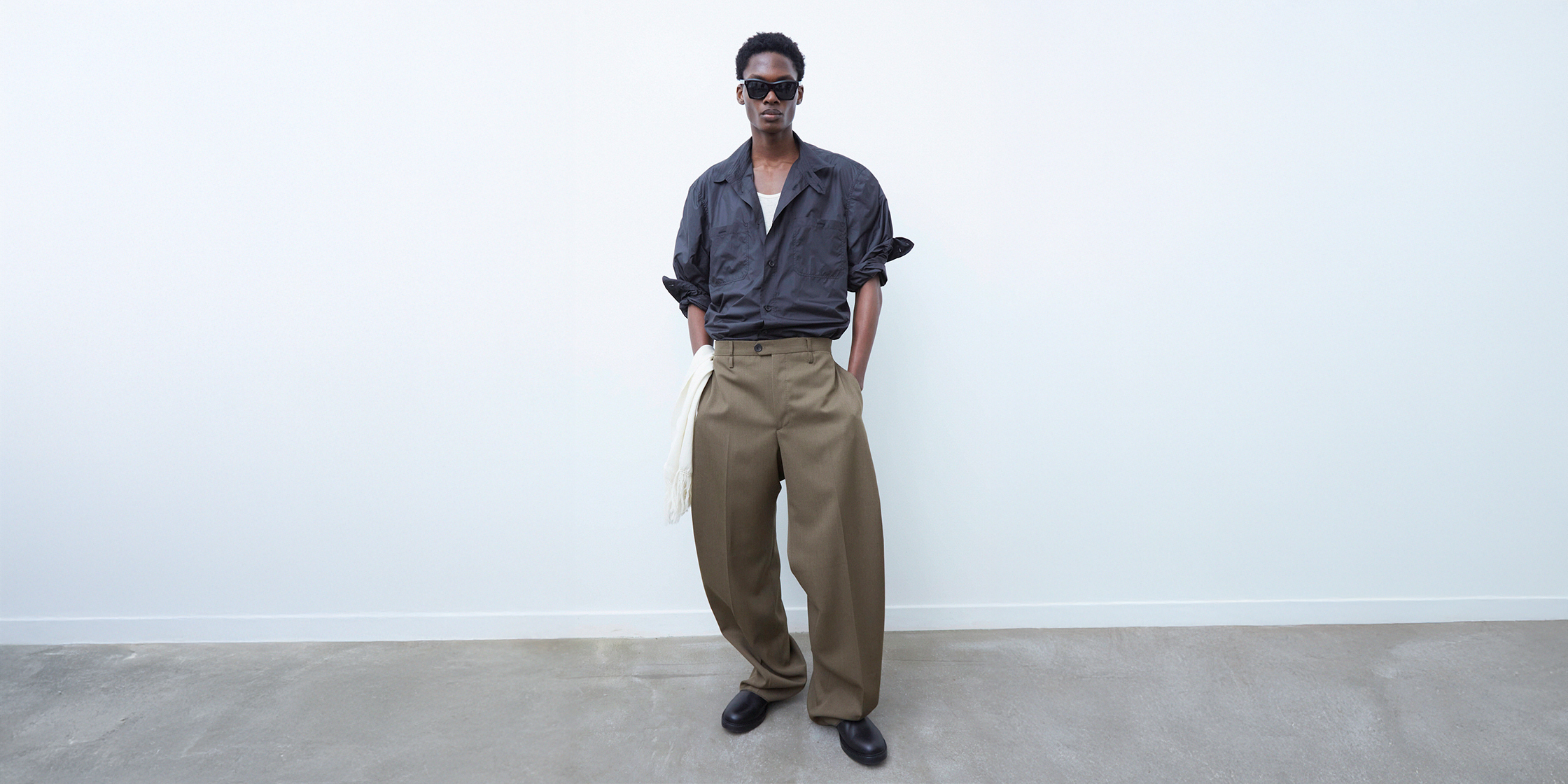
One of the most important considerations when inviting a new member into the club that is your wardrobe is the fabric choice. The weight, texture, and composition of a garment's fabric can make all the difference — turning it into a new favorite that fits just right or is perfect for those sunshine-filled days, or leaving you with something you'll regret rarely wearing.
To help you make informed choices as we transition into the new season, here are the fabrics you should look for this spring and summer.
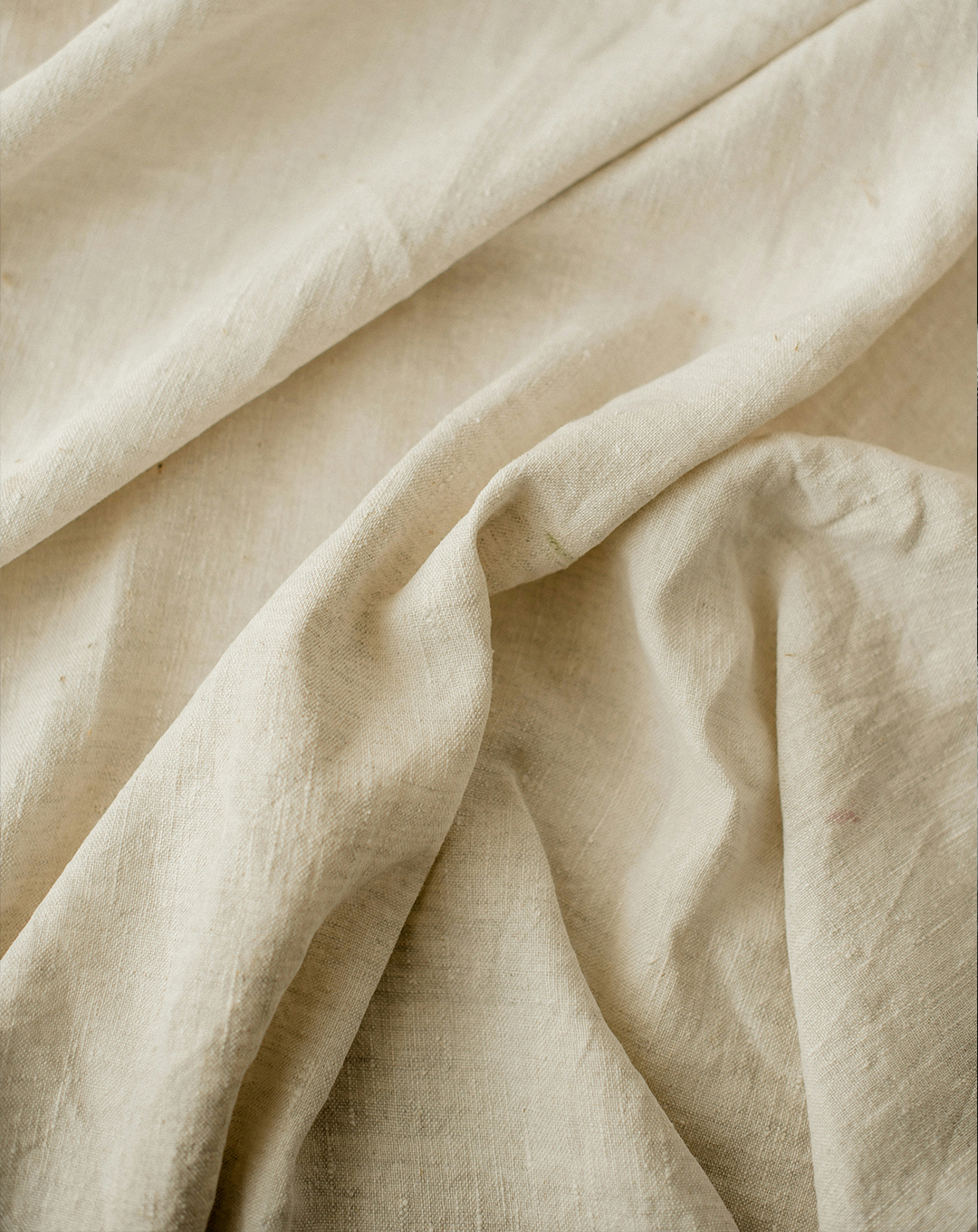
01. Linen
An obvious but worthy inclusion on the list, linen is the fabric that you will likely mentally conjure up when you think of a summer shirt or suit. Breezy, breathable, and lightweight, linen is surprisingly strong and structured thanks to the fibrous flax used to make it. It’s also a textile that dries quicker than cotton, which is part of the reason it’s become a staple for the hotter seasons — especially for occasion dressing like weddings and outdoor events, where neutral-toned, flowy suiting often replaces heavier, drapier wool options.
Linen does have a tendency to wrinkle almost instantly. While perfectionists may resist embracing the fabric because of this, our advice is to not fight the inevitable. Instead, allow yourself to be freed by the comfort of a carefree, intentionally worn-in and wrinkled fabric that can see you through summer with ease and a certain laissez-faire attitude.
Look to linen to form the backbone of your high-summer shirting and any tailoring needs that may arise — there’s also not much that can beat a linen trouser while strolling around a small town on a summer getaway.
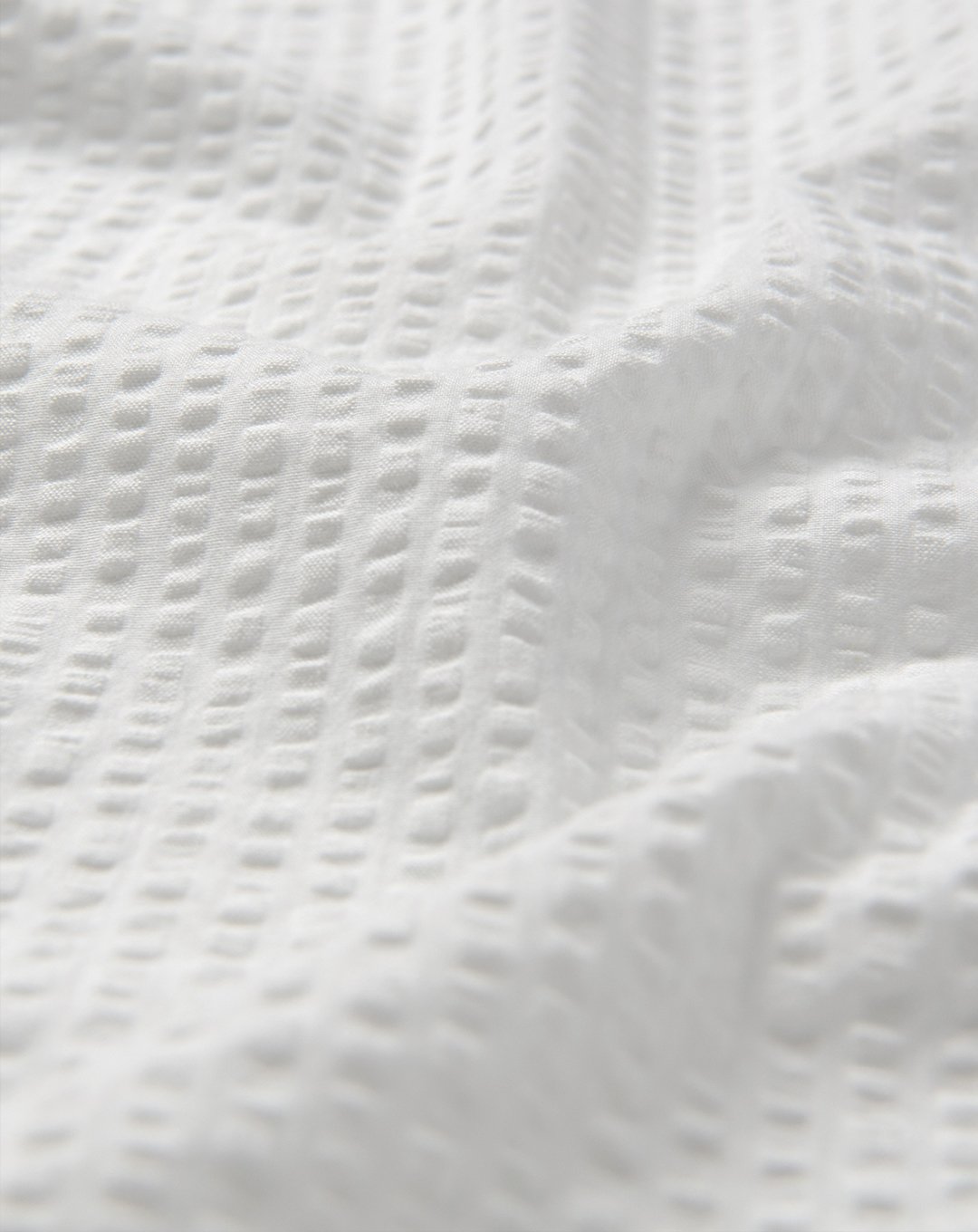
02. Seersucker
Seersucker is an underrated fabric for hot weather. While you’re most likely to associate it with the classic blue-and-white pinstripe, that’s just one form of this versatile fabric. The classic vertical pattern has been synonymous with the puckered, lightweight fabric since the early 1900s when seersucker first became popular in India. The fabric’s unique weave gives it an uneven surface, meaning that a garment wouldn’t sit directly on the skin in hot weather, and therefore would aid in regulating airflow and keeping the wearer cool and comfortable.
Seersucker has seen many uses since its invention, and despite strong associations with a classic button-down shirt, more contemporary brands — like British-born wedding guest fave Percival — have helped bring the fabric back into the spotlight.
Seersucker’s structure lends itself well to tailoring and shirting, but it also makes for a great lighter jacket option in the early days of spring or summer evenings. Thanks to brands embracing the textural injection the fabric gives you, you’ll be able to find seersucker pieces in a wider variety of colors and patterns beyond the classic pinstripe.
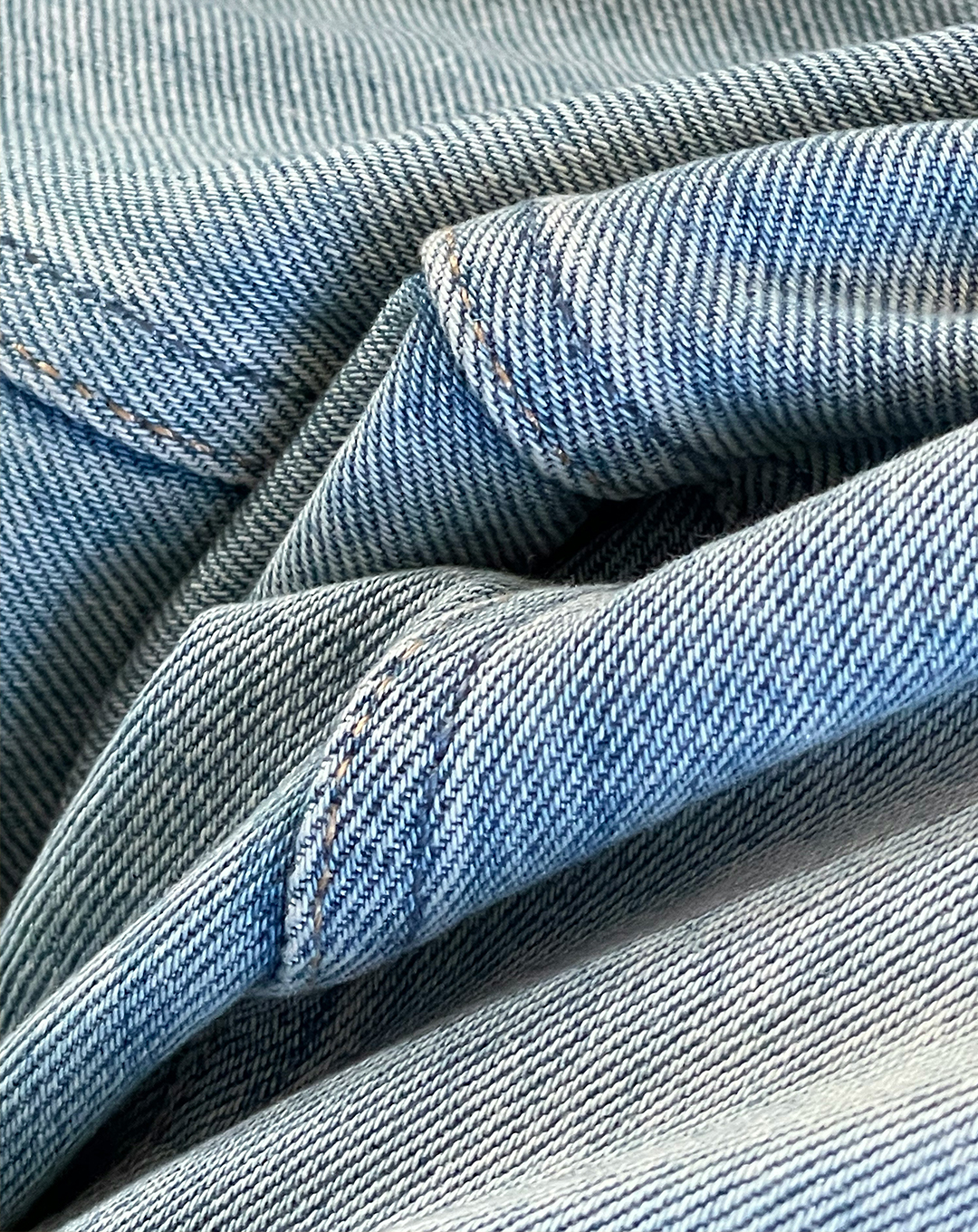
03. Lightweight Denim
Another fairly obvious inclusion, denim’s varying weights make it a year-round essential, with the warmer months being the perfect time to bring out lighter washes and explore beyond just legwear.
Springtime is when pieces like a denim jacket really come into play for lighter layering as they provide a functional yet not overwhelming layer of insulation, adding both interest and structure to even the simplest outfits. Denim jackets have evolved alongside their lower-half counterparts, offering both regular-fitting, close-to-the-body styles that evoke vintage workwear, as well as more oversized options, like those from Balenciaga or Studio Nicholson.
And dare we mention jorts? It's a style that has come in and out of fashion over the decades, but in 2025, they’re firmly back on the table. Denim shorts may occasionally be unfairly maligned, but they’re one of the easiest ways to transition staple wardrobe pieces into warmer weather. Simply swapping out your jean option for denim shorts of a similar wash is an easy way to keep your style consistent throughout the year, with minimal adjustments — just make sure your top half isn’t still kitted out for snow.
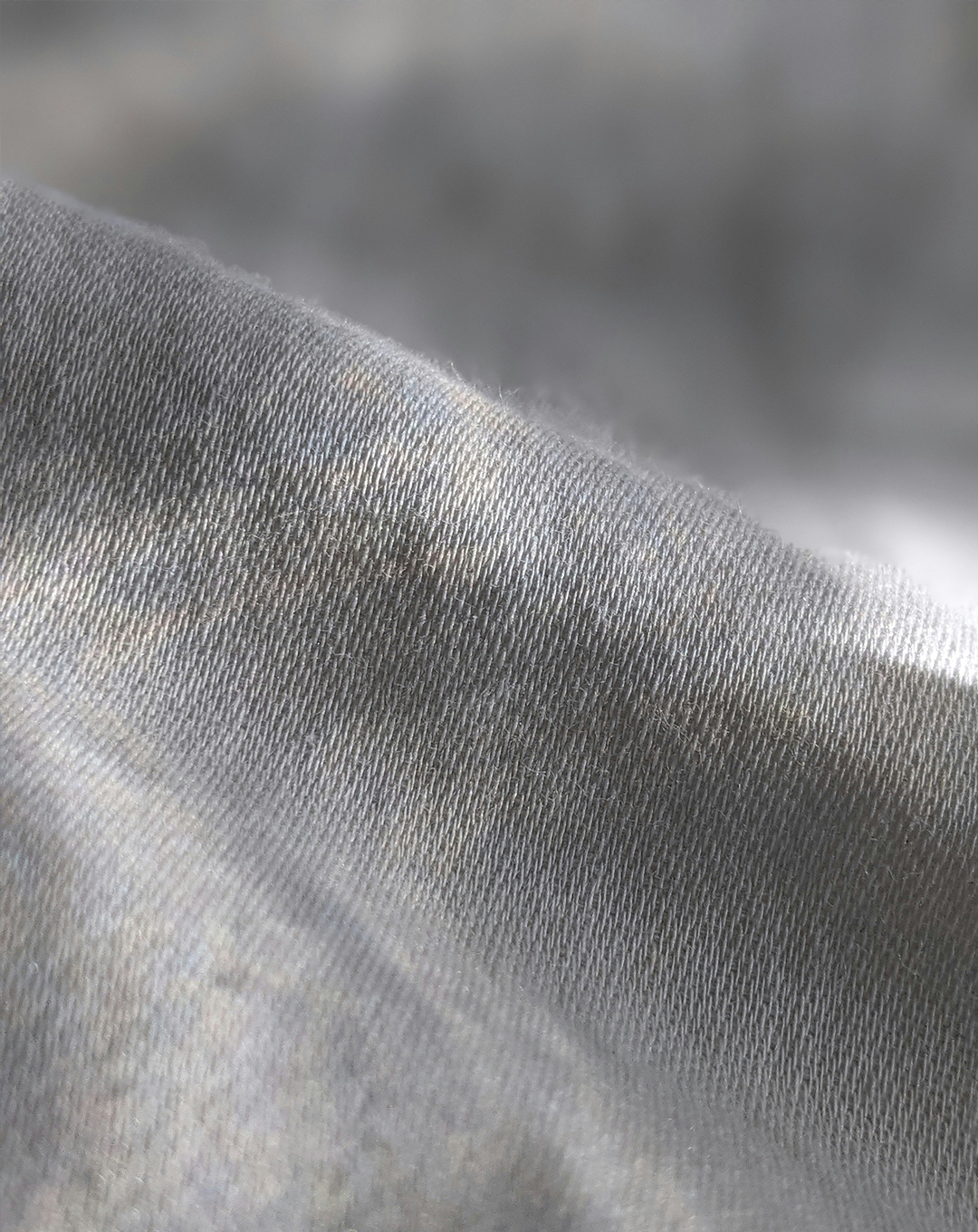
04. Low GSM Cotton
Cotton is a year-round fabric and a baseline for many wardrobe staples, but it’s not a one-size-fits-all material. Its suitability for hot weather largely depends on the weight of the fabric, measured in GSM (grams per square meter). For example, cotton twill — a heavier, more textured fabric — is perfect for trousers or light jackets in the spring. However, its dense weave doesn’t offer enough breathability for the peak of summer. For hotter climates, opt for lighter cotton fabrics like voile, chambray, or poplin, which have a lower GSM and allow for better airflow. Brushed cotton, often used in t-shirts or sweaters, has a velvety texture and helps trap body heat, offering insulation similar to fleece or knit fabrics. While this makes it ideal for winter layers, it’s less suited for your summer commute. A lighter-weight jersey tee is a much better option for warmer weather.
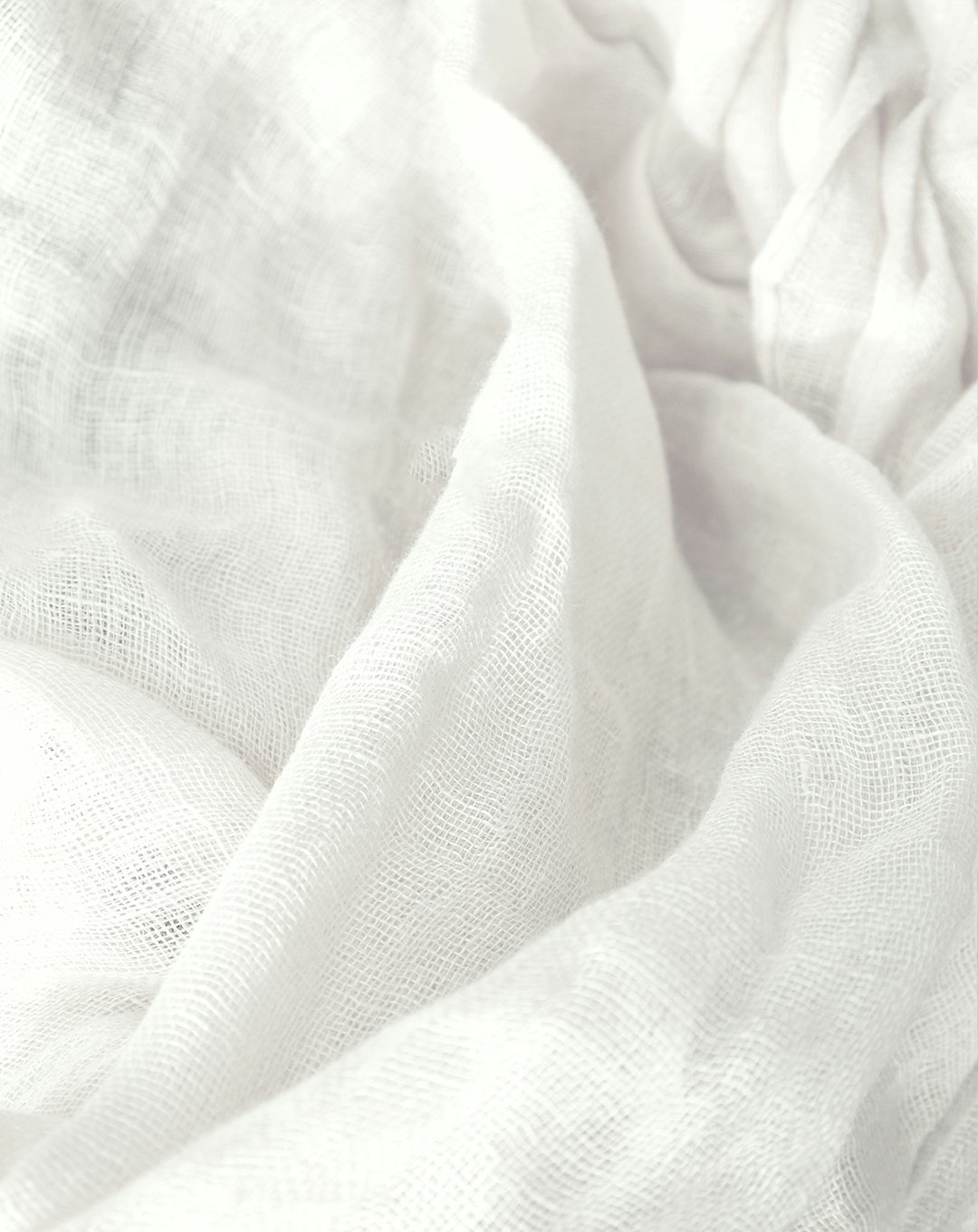
05. Hemp
The words ‘summer’ and ‘knitwear’ are not often uttered in the same breath, but they should be. Knitwear made from breezy natural fibers like hemp can be a wonderfully textural addition to your warmer outfitting, especially come the evening when the temperature drops just that touch too low to solely wear a tee.
Hemp has a dry hand feel that is almost coarse in the same way as linen — not abrasive, but pleasingly crisp. The weight of the fabric also gives it a drape that is sometimes hard to achieve in hotter months. This, along with the aforementioned texture, makes hemp a real contender for an unexpected summer favorite.